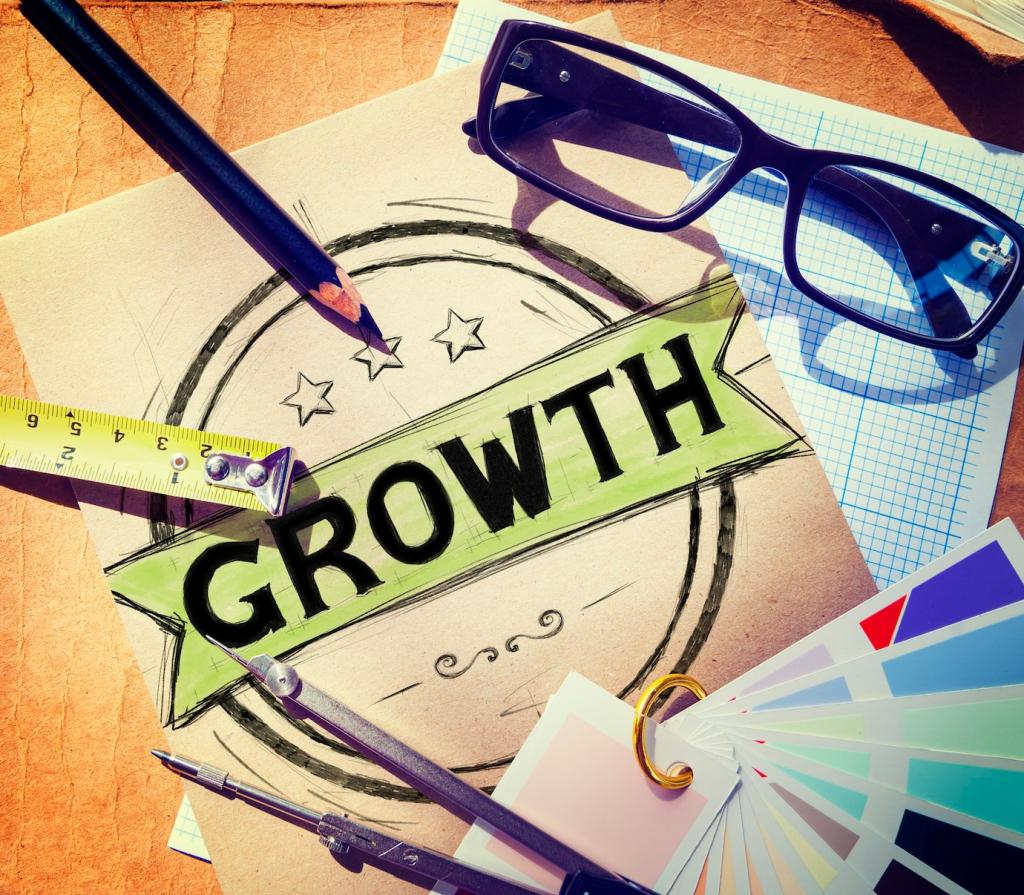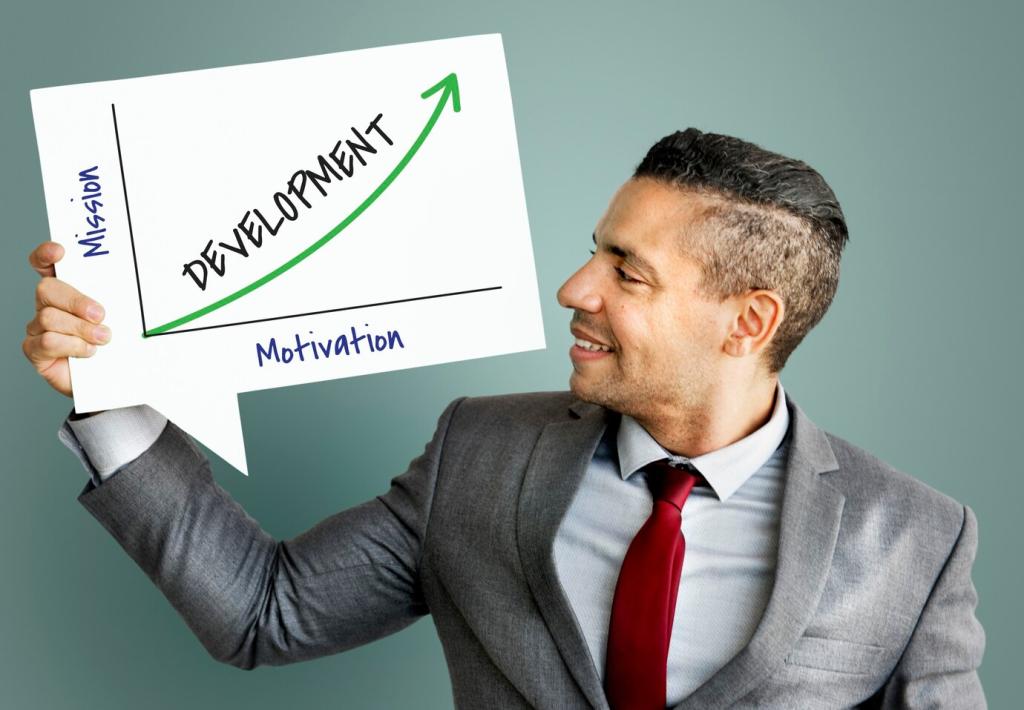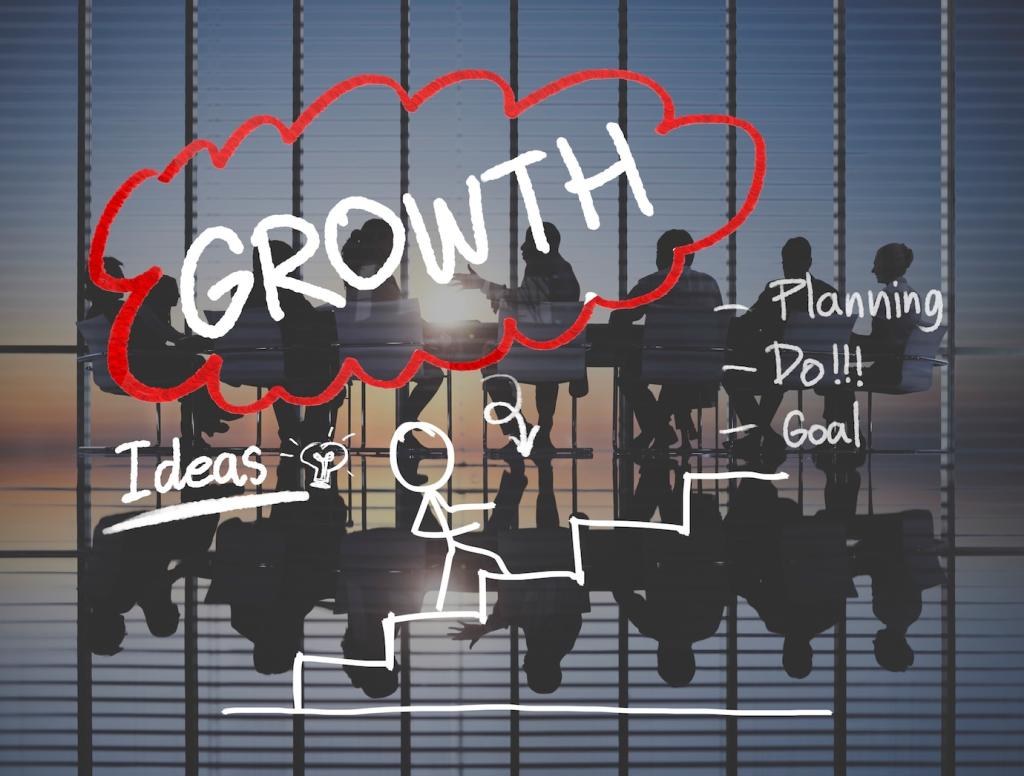Your Cadence: Reviews, Retreats, and Renewal
Every week, recap wins, lessons, and obstacles. Recommit to one focus aligned with your quarterly goals. A fifteen-minute ritual prevents drift, celebrates progress, and refreshes priorities before misalignment grows into costly, long-term detours.
Your Cadence: Reviews, Retreats, and Renewal
Each quarter, revisit your key results, sunset low-yield projects, and choose one bold bet. Invite feedback from peers or mentors. The practice blends reflection with decisive action, keeping momentum high and strategy grounded in real evidence.












